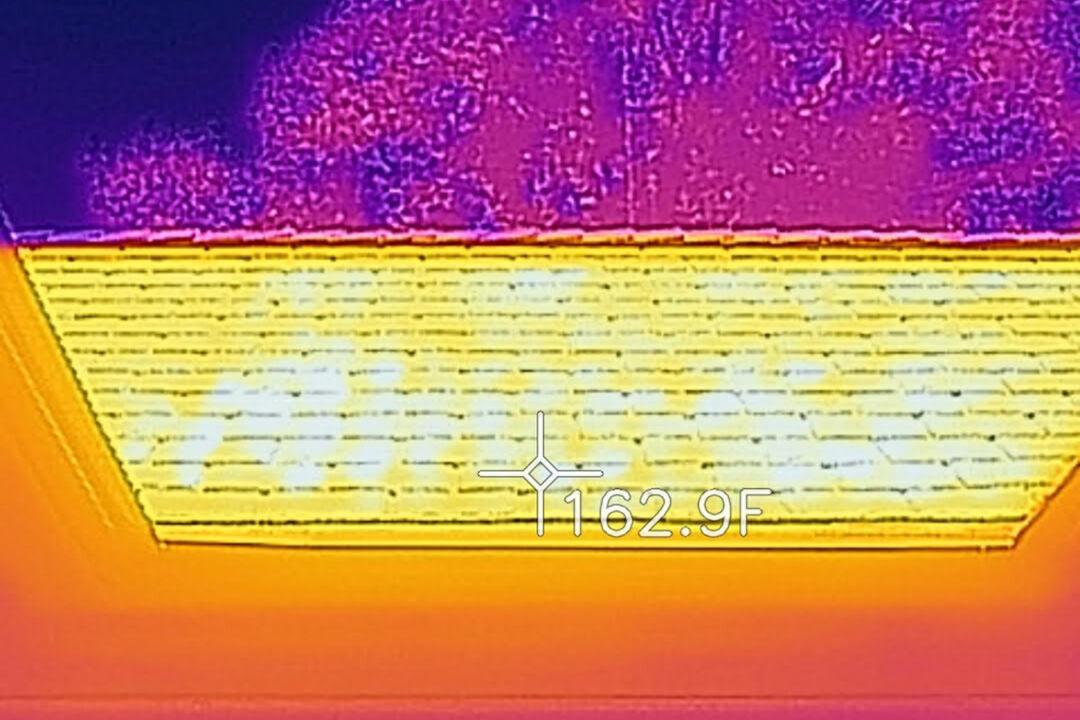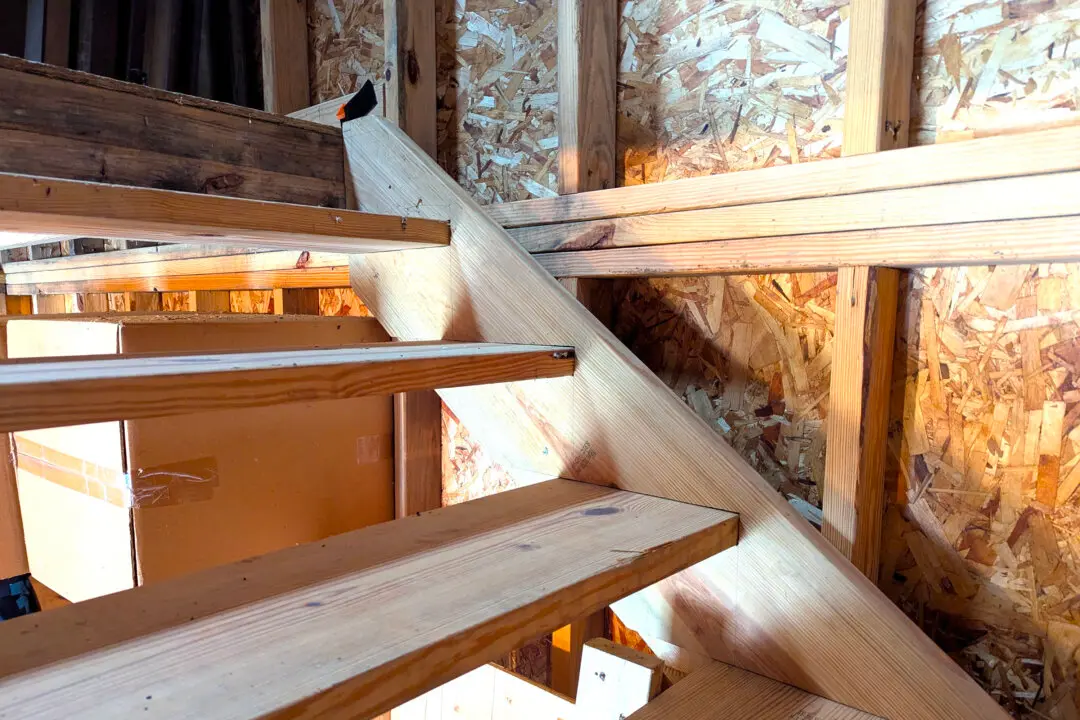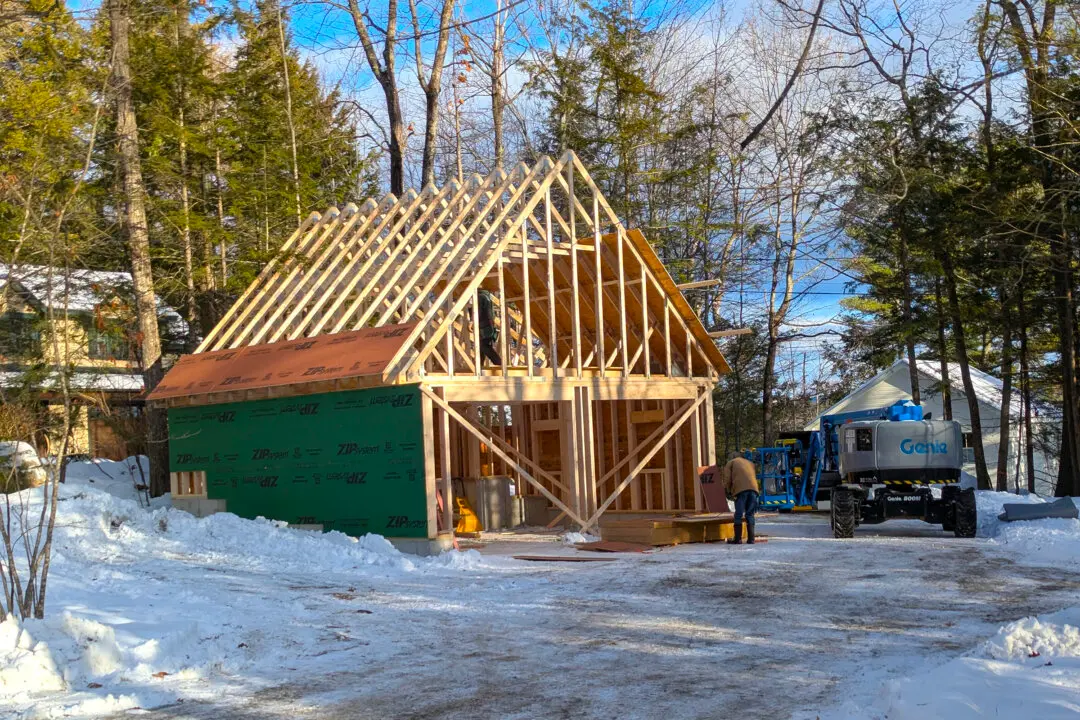In just a few weeks, my email inbox will begin to overflow. Homeowners like you will be asking what they can do to cool down their attics, garages, houses and sheds. After all, the summer solstice is just weeks away. Here in the Northern Hemisphere, this means the sun’s rays have to travel through the least amount of atmosphere to wreak havoc.
I’m sure you’ve experienced the power of the sun’s infrared rays. Just months ago, it was still cold where I live in New Hampshire. Each morning I stand outside with my neighbors, watching our dogs play. On clear days in early March, the air temperature was below freezing but the sun was high enough in the sky to allow the rays to penetrate through our winter coats. At times it felt so warm that one might think it was 60 F instead of 22 F.





